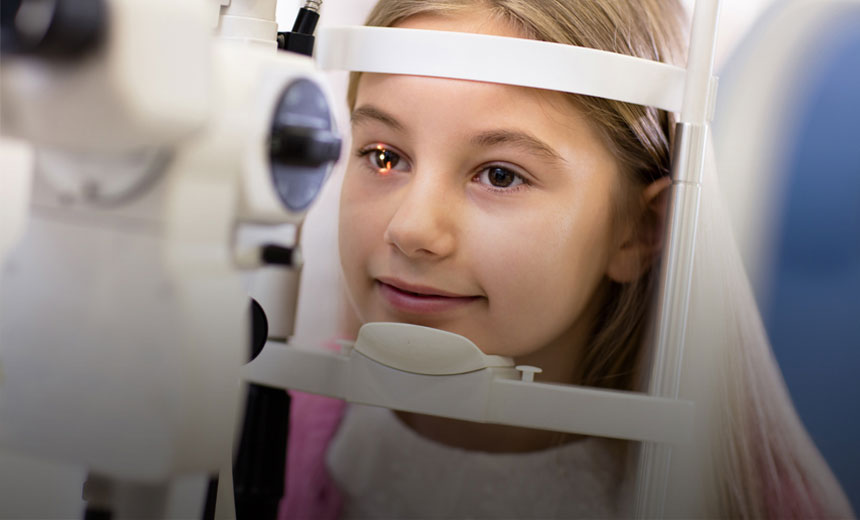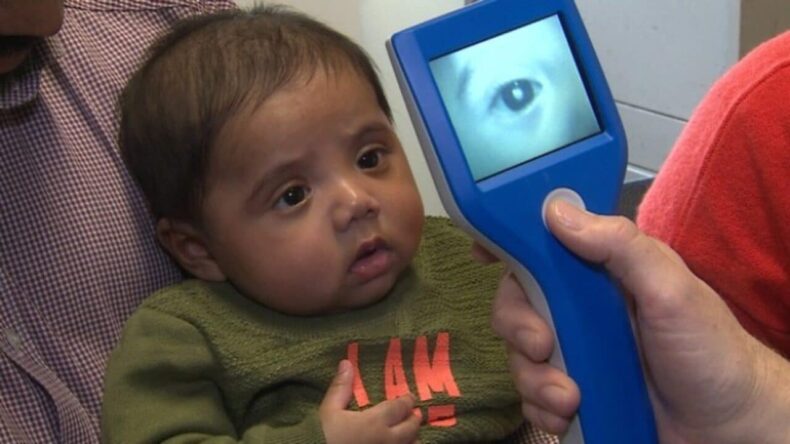Why do India’s children become blind and cataract-prone?
A cataract is when the eye’s natural lens becomes cloudy. A lens’s proteins break down over time, causing blurriness, haziness, and loss of colour.

A cataract is a common condition, especially among the elderly. It typically develops in people, aged 40 years and older, but don’t usually begin to impair vision, until after age 60.
As it’s estimated 1.4 million children worldwide are blind, cataract is responsible for an estimated 190000 (14%). The incidence varies from 1 to 3/10000 live births or 10 per million of the total population in low-income countries.
It is critical to diagnose, refer, and undergo surgery at the earliest possible stage in order to improve results. Compared to well-baby clinics or no formal screening at all, Swedish research indicates that babies examined on maternity wards receive earlier referrals.
The most common causes of childhood cataracts are malnutrition, low birth weight, neonatal complications such as hypoglycemia and hypophosphatemia, as well as intrauterine infections such as rubella.

Causes
- Genetic variations (mutations) in the genes involved in lens formation, result in defective proteins and subsequent lens opacification.
- Infections in the mother during pregnancy, particularly in the first three months. The TORCH group of infections are among these (toxoplasma, rubella, cytomegalovirus and herpes).
- Children are also very vulnerable to blunt or penetrating injuries to their lenses, which usually result in traumatic cataracts.
- Down’s syndrome, Lowe’s syndrome, galactosemia, hypocalcemia, juvenile rheumatoid arthritis, and diabetes are all linked to childhood cataracts.
- In children, cataracts are often associated with persistent fetal vessels, aniridia, and abnormal anterior segment development.
- It is possible to develop cataracts from long-term indiscriminate use of some eye drops (steroids).
- In addition to low birth weight, childhood cataracts are associated with low birth weight.
Some symptoms parents should watch out for?
At any time during childhood, cataracts can develop.
A frequent episode of diarrhea or another systemic illness may lead to the development of developmental cataracts. Despite a decrease in maternal infections during pregnancy, they remain a significant cause of childhood cataracts.
During the early months of life, if a dense cataract is present, the eyes may be unable to remain stable and may begin shaking, resulting in abnormal eye movements. When a child is 2-3 months old, an attentive mother may notice that the child is unable to make eye contact or smile while looking at the mother.

How is a cataract in children treated?
Currently, surgery is the sole option for treating childhood cataracts.
Using a microincision, the cataractous lens is removed. Implanting an intraocular lens removes the cataract. Even with a microincision cataract procedure, sutures can still be necessary for security.
When the eyeball is tiny, the intraocular lens may not always be inserted to prevent difficulties.
In such circumstances, the young patient will need strong spectacles after surgery. The intraocular lens can be inserted, once the eye reaches the proper size. To guarantee the best outcome possible, regular follow-up is necessary.
Also read: Smoking Can Cause Permanent Sight Loss Says WHO













